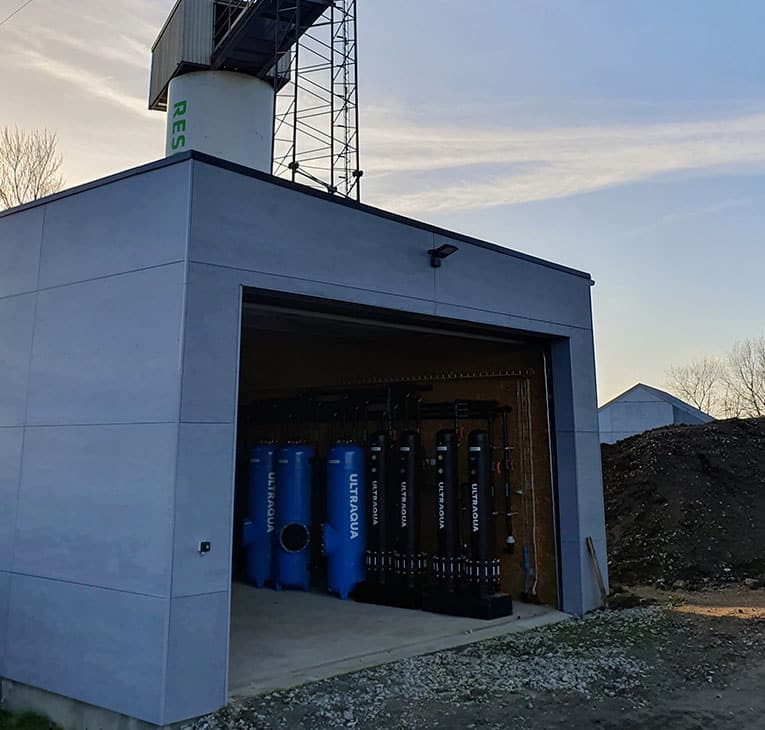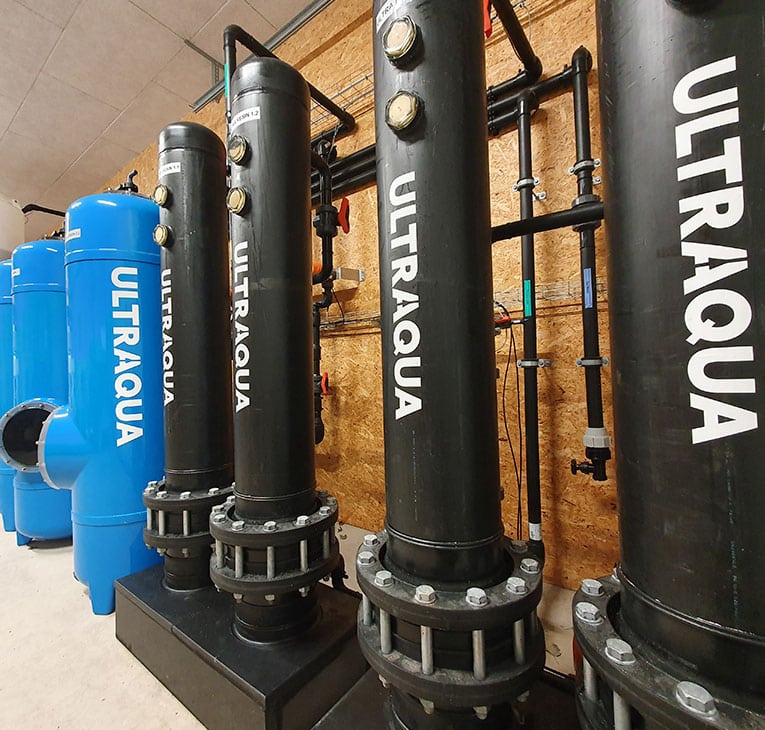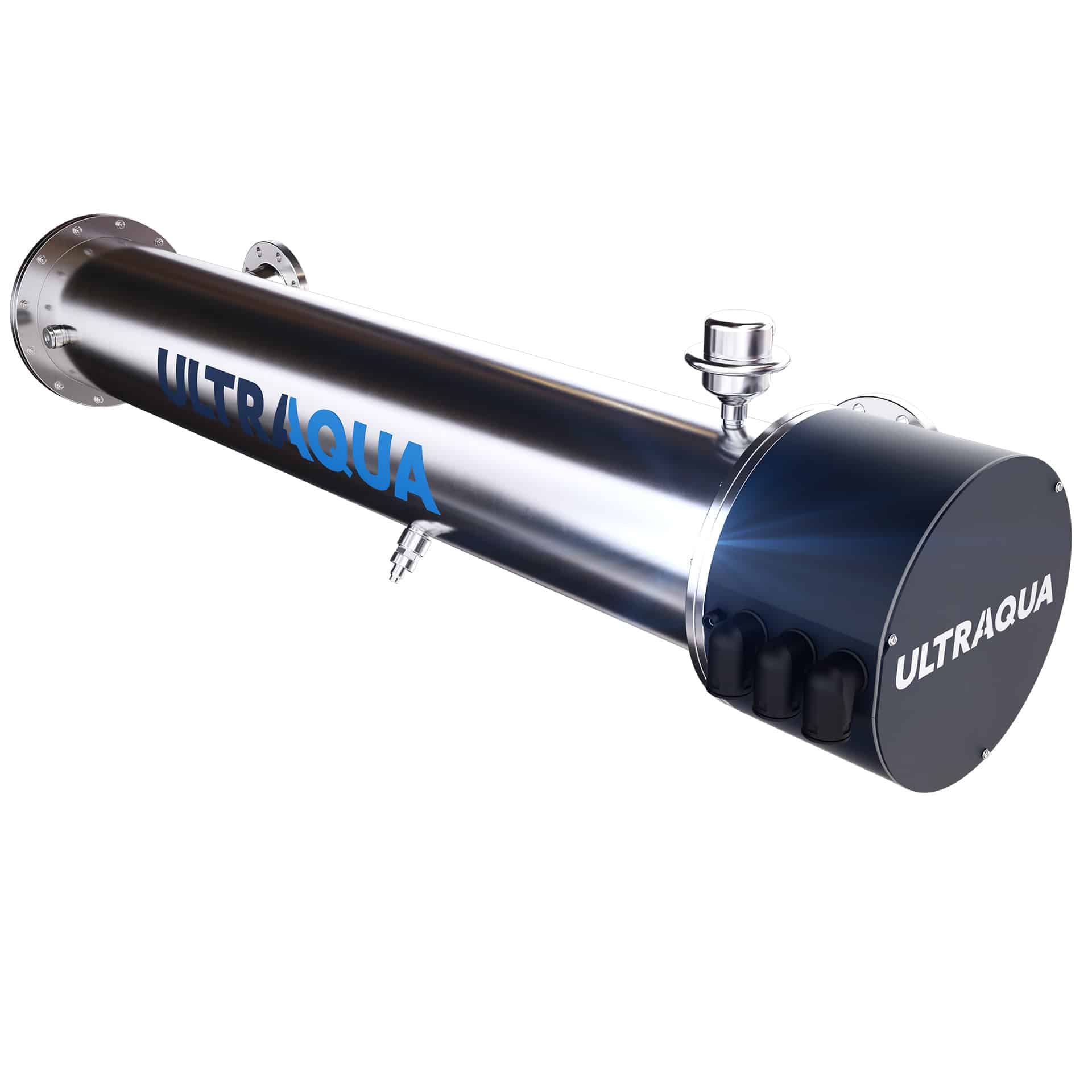About the project
PFAS REMOVAL IN DENMARK
For the RESC – Rescue & Safety Center in the municipality of Slagelse, the client wanted to find a solution for the removal of PFAS from the heavily PFAS-contaminated water streams originating from the fire training site. This includes surface runoff, process water from exercises, drainage water, as well as upper groundwater from the nearby meadow area.
To find a solution for this, ULTRAAQUA has conducted an extensive research project to investigate how to accomplish PFAS removal. This led to the implementation of a full-scale PFAS treatment plant, providing valuable insights and results on how to remove the so-called “forever chemicals”.
The project was actively ongoing from October 1st, 2022, and completed on December 1st, 2023.
WHAT THE CLIENT NEEDED
TREATMENT OF PFAS-CONTAMINATED WATER STREAMS
In 2019, the fire training site in Korsør was identified as a significant PFAS source, due to the high amounts of PFAS in the firefighting foam that has been used throughout many years. This includes both the site itself and the surrounding areas with meadows and allotment gardens, which are heavily contaminated with PFAS. RESC is a part of Slagelse Municipality, which has taken action to stop the spread of PFAS from the area.
As a result, in 2022, RESC and Slagelse Municipality tendered the establishment of a comprehensive solution to collect surface runoff during rainfall, firefighting water from exercises, draining water from the area, as well as upper groundwater from the nearby meadow area. The solution to clean these water streams was required to be below 3.5 ng/l for PFAS-4.



